
Video: Guideline of Guidelines – Thromboprophylaxis for Urological Surgery
Guideline of guidelines: thromboprophylaxis for urological surgery
Philippe D. Violette*, Rufus Cartwright†‡, Matthias Briel§, Kari A.O. Tikkinen¶ and Gordon H. Guyatt**,††
*Division of Urology, Department of Surgery, Woodstock Hospital, Woodstock, ON, Canada, † Department of Epidemiology and Biostatistics, Imperial College London, London, UK, ‡Department of Urogynaecology, St. Mary’s Hospital, London, UK, §Institute for Clinical Epidemiology and Biostatistics,…
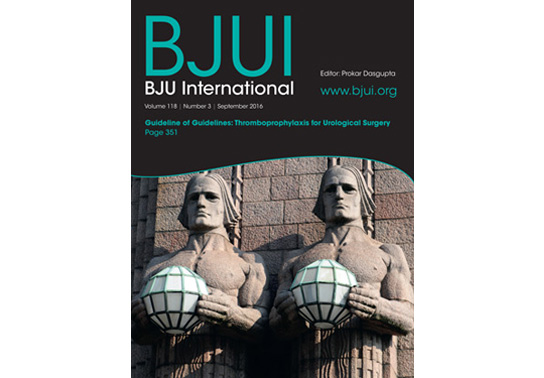
Article of the Week: Complications after serial prostate biopsies in men on AS
Every Week the Editor-in-Chief selects an Article of the Week from the current issue of BJUI. The abstract is reproduced below and you can click on the button to read the full article, which is freely available to all readers for at least 30 days from the time of this post.
In addition to the article itself, there is an accompanying editorial written by a prominent member of the urological community. This blog is intended to provoke comment and discussion and we invite you to use the comment…

Editorial: Active surveillance for prostate cancer: is it too active?
The wide dissemination of prostate cancer screening has increased the number of men diagnosed with low-risk, indolent cancers that are better managed with active surveillance (AS) rather than immediate treatment. During the past decade, the number of men managed with AS has increased from <10% to 40% in community based practice registries [1]. Prostate needle biopsy has a central role in diagnosis and reclassification of cancer for men on AS, and the number of these procedures has increased on…
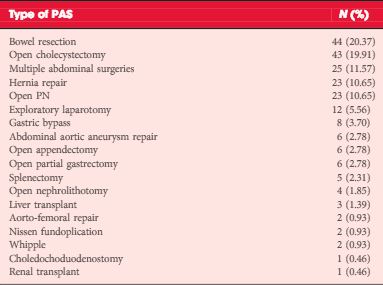
Article of the Week: Multicentre outcomes of robot-assisted partial nephrectomy after major open abdominal surgery
Every Week the Editor-in-Chief selects an Article of the Week from the current issue of BJUI. The abstract is reproduced below and you can click on the button to read the full article, which is freely available to all readers for at least 30 days from the time of this post.
In addition to the article itself, there is an accompanying editorial written by a prominent member of the urological community. This blog is intended to provoke comment and discussion and we invite you to use the comment…

Editorial: Robot-assisted partial nephrectomy: excellent outcomes can persist despite previous abdominal surgery
Robot-assisted surgery is increasing and patient selection is important to ensure mitigation of risk, patient safety and allow for the surgeon's training curve. This is especially pertinent for robot-assisted partial nephrectomy (RAPN), as increasingly complex tumours and increasingly complex patients are considered potentially suitable. One factor that contributes to patient complexity is the presence of intra-abdominal adhesions, which can be predicted by previous abdominal surgery. This month's…
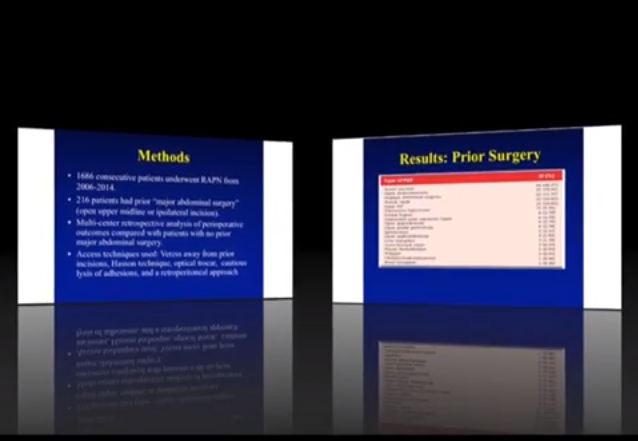
Video: Multicentre outcomes of robot-assisted partial nephrectomy after major open abdominal surgery
Multicentre outcomes of robot-assisted partial nephrectomy after major open abdominal surgery
Newaj Abdullah*, Haider Rahbar*, Ravi Barod*, Deepansh Dalela*, Jeff Larson†, Michael Johnson‡, Alon Mass§, Homayoun Zargar¶, Mohamad Allaf‡, Sam Bhayani†, Michael Stifelman§, Jihad Kaouk¶ and Craig Rogers*
*Vattikutti Urology Institute, Henry Ford Health System, Detroit, MI, †Division of Urology, Washington University in St. Louis, St. Louis, MO, ‡James Buchanan Brady Urological…
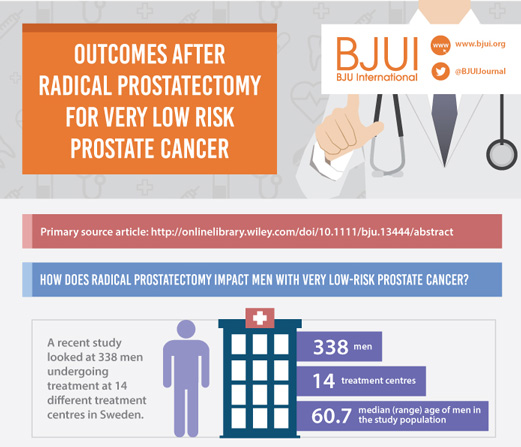
Article of the Week: LAPPRO trial – Oncological and Functional Outcomes 1 Year after RP for Very-Low-Risk PCa
Every Week the Editor-in-Chief selects an Article of the Week from the current issue of BJUI. The abstract is reproduced below and you can click on the button to read the full article, which is freely available to all readers for at least 30 days from the time of this post.
In addition to the article itself, there is an accompanying editorial written by a prominent member of the urological community. This blog is intended to provoke comment and discussion and we invite you to use the comment…

Editorial: Management Dilemmas in Low-Risk Prostate Cancer
Prostate cancer is the most commonly diagnosed solid organ tumour and the second leading cause of cancer death in men in the USA. The exact path of these tumours from inception to metastasis is unclear; the same can also be said for those tumours that remain indolent. The varying genetic signatures of these tumours is the underlying determinant of the outcomes of these cancers and therein lies the key to selecting patients that do and do not need treatment for their prostate cancers. Most low-risk…

Video: LAPPRO trial – Oncological and Functional Outcomes 1 Year after RP for Very-Low-Risk PCa
Oncological and functional outcomes 1 year after radical prostatectomy for very-low-risk prostate cancer: results from the prospective LAPPRO trial
Stefan Carlsson*, Fredrik Jaderling†, Anna Wallerstedt*, Tommy Nyberg‡, Johan Stranne§
, Thordis Thorsteinsdottir¶, Sigrid V. Carlsson**, Anders Bjartell††, Jonas Hugosson§, Eva Haglind‡‡ and Gunnar Steineck‡,§§
*Department of Molecular Medicine and Surgery, Section of Urology, Karolinska Institutet, †Department…
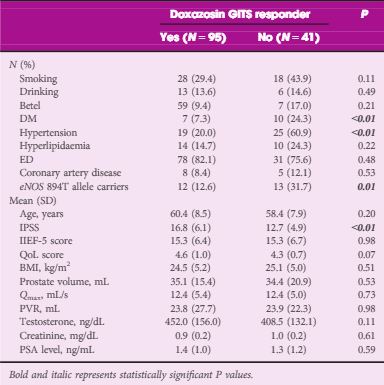
Article of the Week: eNOS G894T gene polymorphism and responsiveness to a selective α1-blocker in BPH/LUTS
Every Week the Editor-in-Chief selects an Article of the Week from the current issue of BJUI. The abstract is reproduced below and you can click on the button to read the full article, which is freely available to all readers for at least 30 days from the time of this post.
In addition to the article itself, there is an accompanying editorial written by a prominent member of the urological community. This blog is intended to provoke comment and discussion and we invite you to use the comment…
